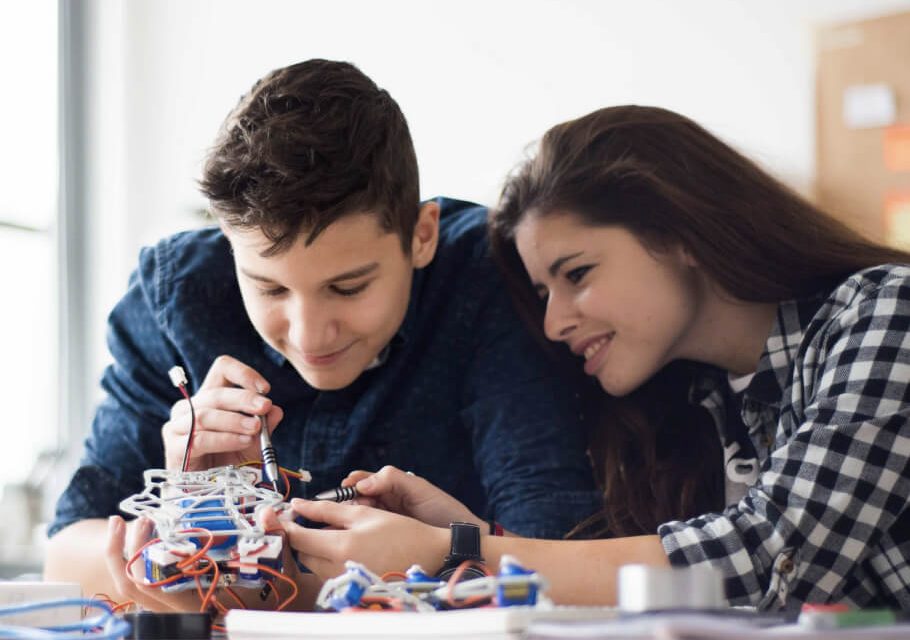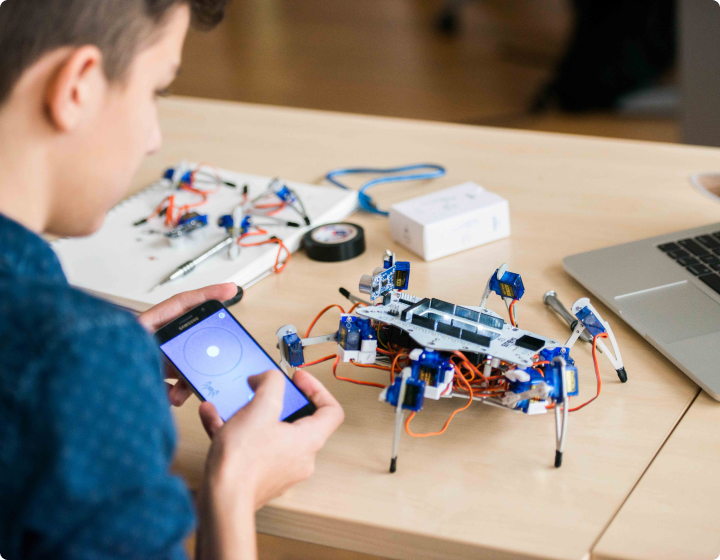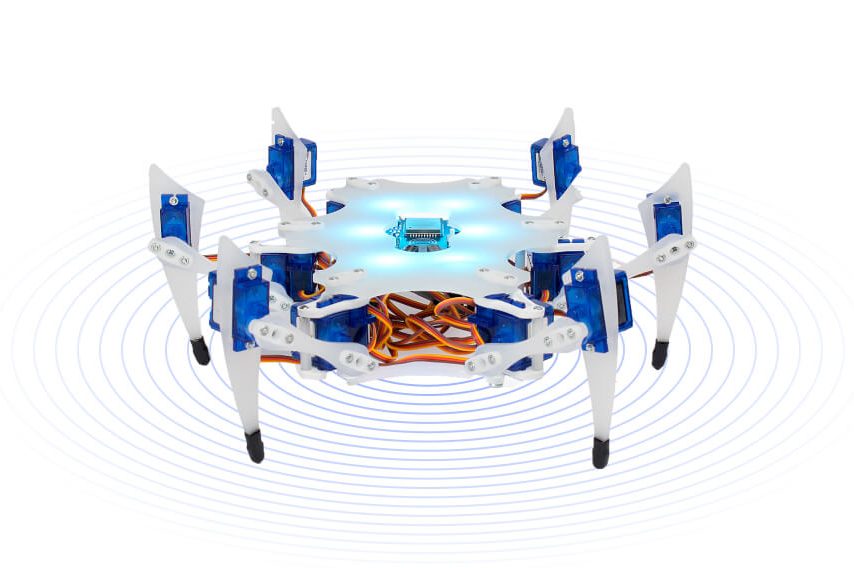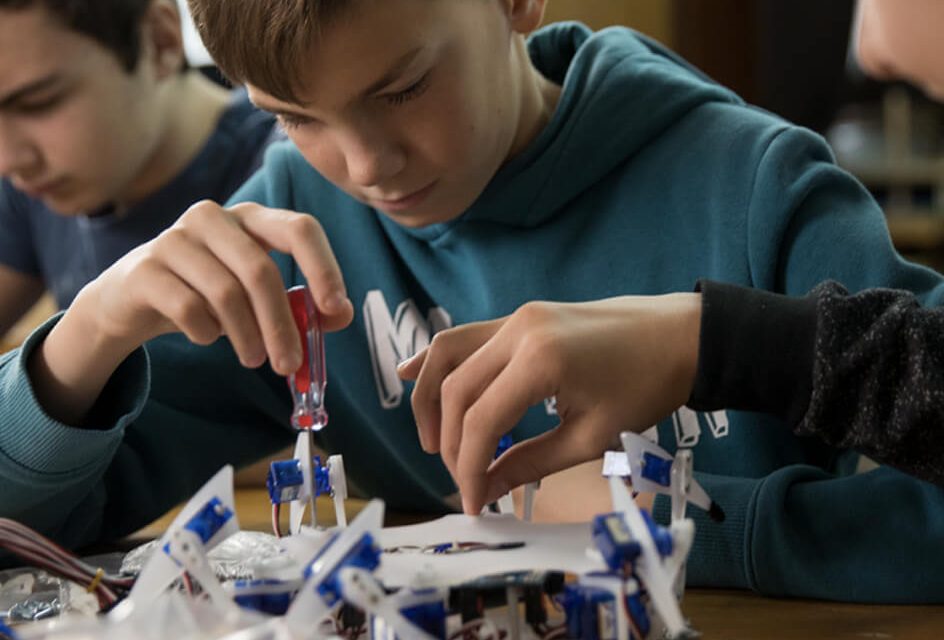Complete Engineering Experience in your Classroom
Easy-to-use program simulating robotics engineer career. Program covers analyze-design-manufacture-program-test flow with end goal of building a functional robot.
Prepare Your Students for the 21st-century Robotics Industry
Student Benefits
Teacher Benefits
Topics Covered in the Program


Cutting-edge Tech For Your Classroom
What You Get From Us
FAQ
For which age is the RAS program?
RAS is made for middle and high school students, for students grade 7 – 12.
Do you need prerequisite knowledge to run RAS in the classroom?
No, there is no prerequisite knowledge needed for the implementation of the RAS program. The program is prepared for absolute beginners, however, more advanced students that already have some skills will also be challenged and engaged with the program.
What does a Classroom kit consist of?
The standard classroom kit consists of 11 Hexapod robots and access to STEMI Lab, but we can also adjust to your needs. We also provide training and full support with the program implementation via our direct communication channel integrated within the STEMI Lab.
How do I reach the RAS program online?
Everything is on our STEMI Lab (https://lab.stemi.education/) and once you get there, you need to register and sign in and start using the program.
What kind of classroom materials are already prepared?
We already prepared everything that you need to run the program in the classroom – presentations, courseware, e-books, teacher guides, student handouts, assessments, and rubrics.
How many semesters does it take to implement the whole program?
It depends on how you implement the program, you can do it “between the bells” or just take a self-standing Unit (Robot Assembly and Mechanics, 3D modeling, Creating a mobile app, Microcontroller programming) and teach it in the classroom. The program consists of 100 – 150 hours of classroom time, depending on the level of students.
Do teachers get sufficient training for the program?
Yes, STEMI makes sure that you get enough training to run the program, either we teach you or our educational partners. Teacher training takes 3 8-hour days of training to complete.
Is there somebody to contact if I need help with the implementation of the program?
Sure, within the STEMI Lab there is a direct chat with our educators and engineers who created the program and will help you to overcome any struggles in the classroom.
Do we need additional software to use the program?
Yes, we teach 3D modeling in Onshape, Creating a mobile app in MIT App Inventor. They are cloud-based and open-source programs and are free to use anywhere in the world.
Do you provide spare parts for the hardware/robots?
Yes, each classroom set comes with extra parts (servo motors, screws, nuts, etc.)

